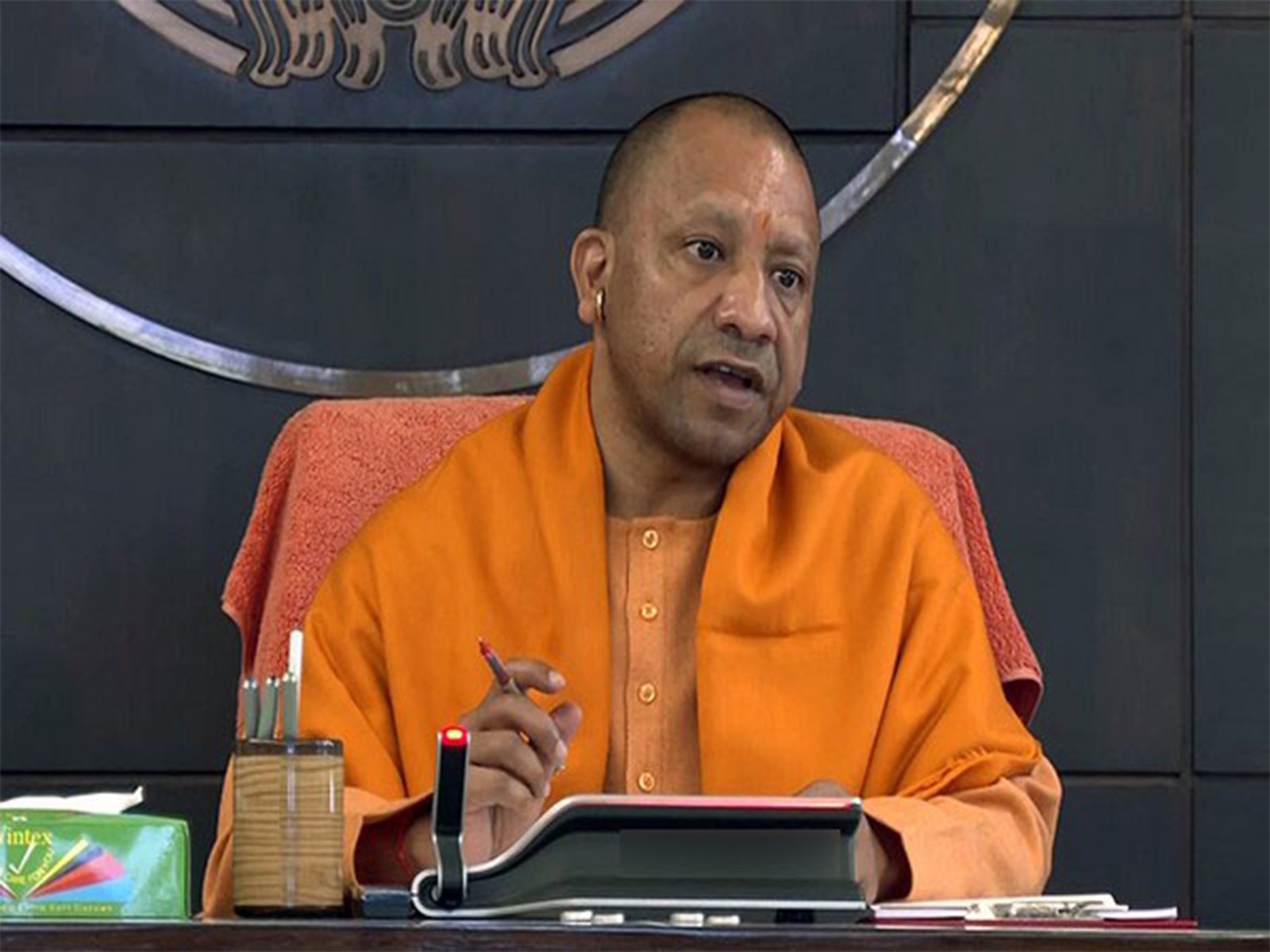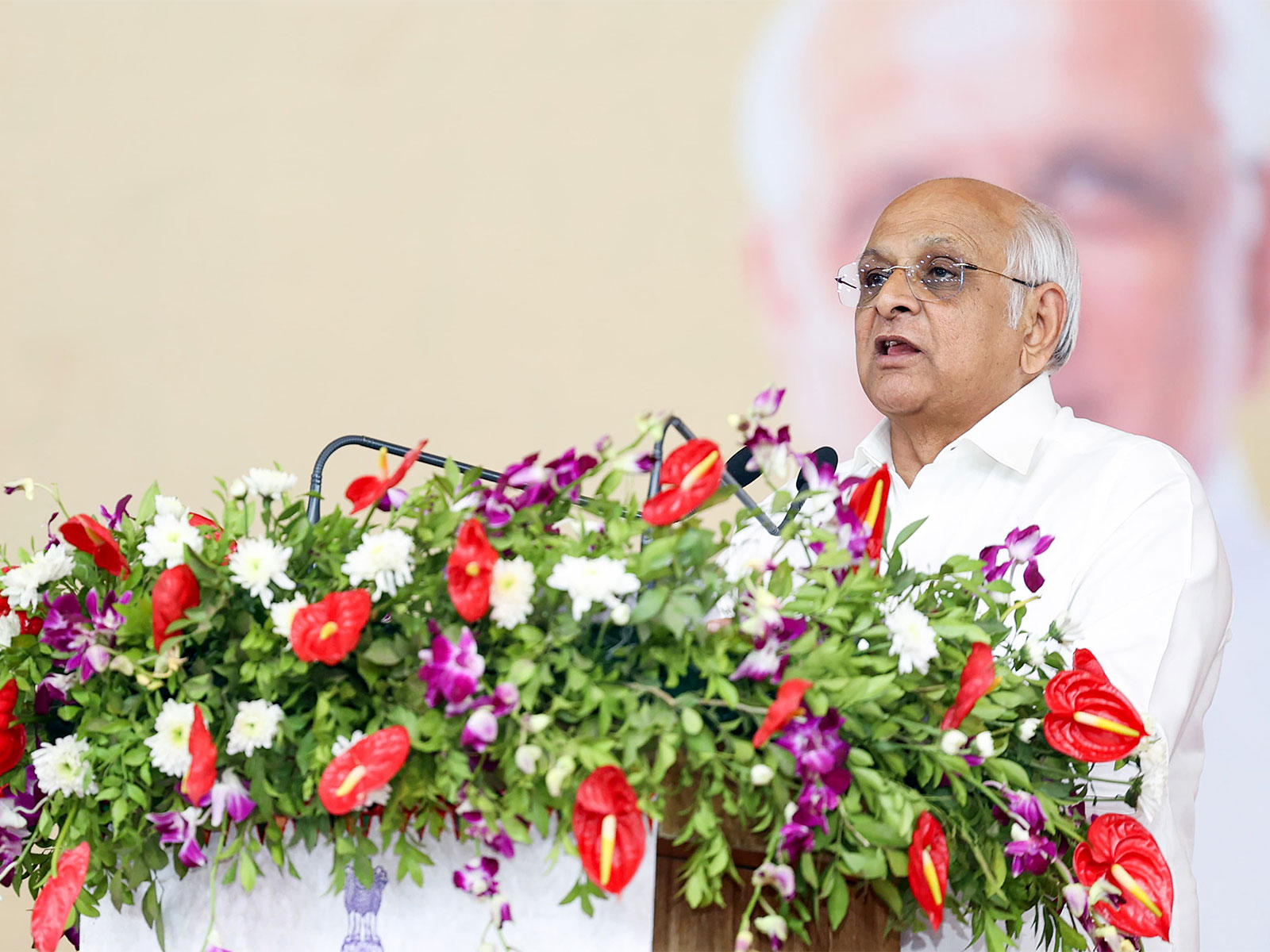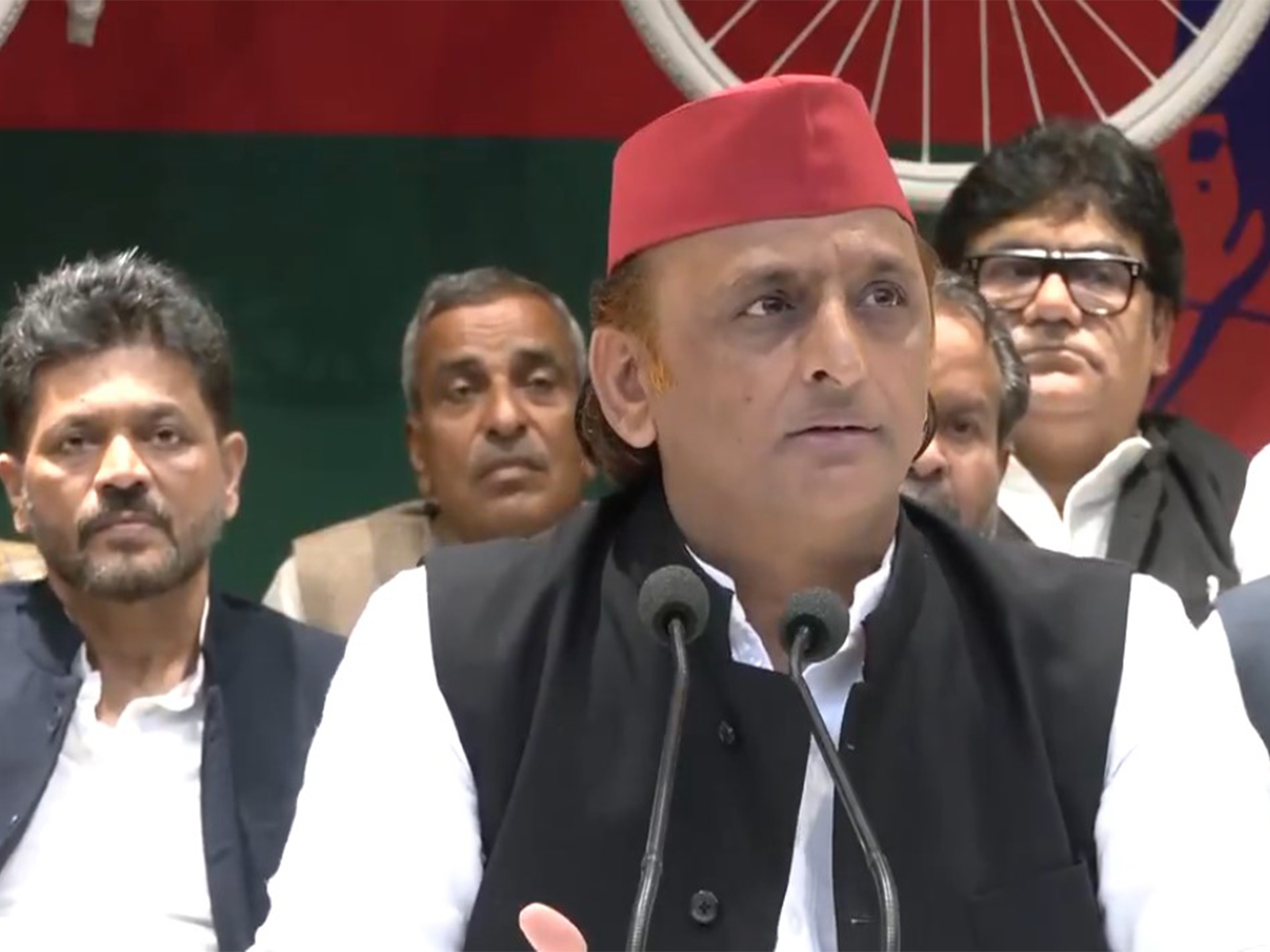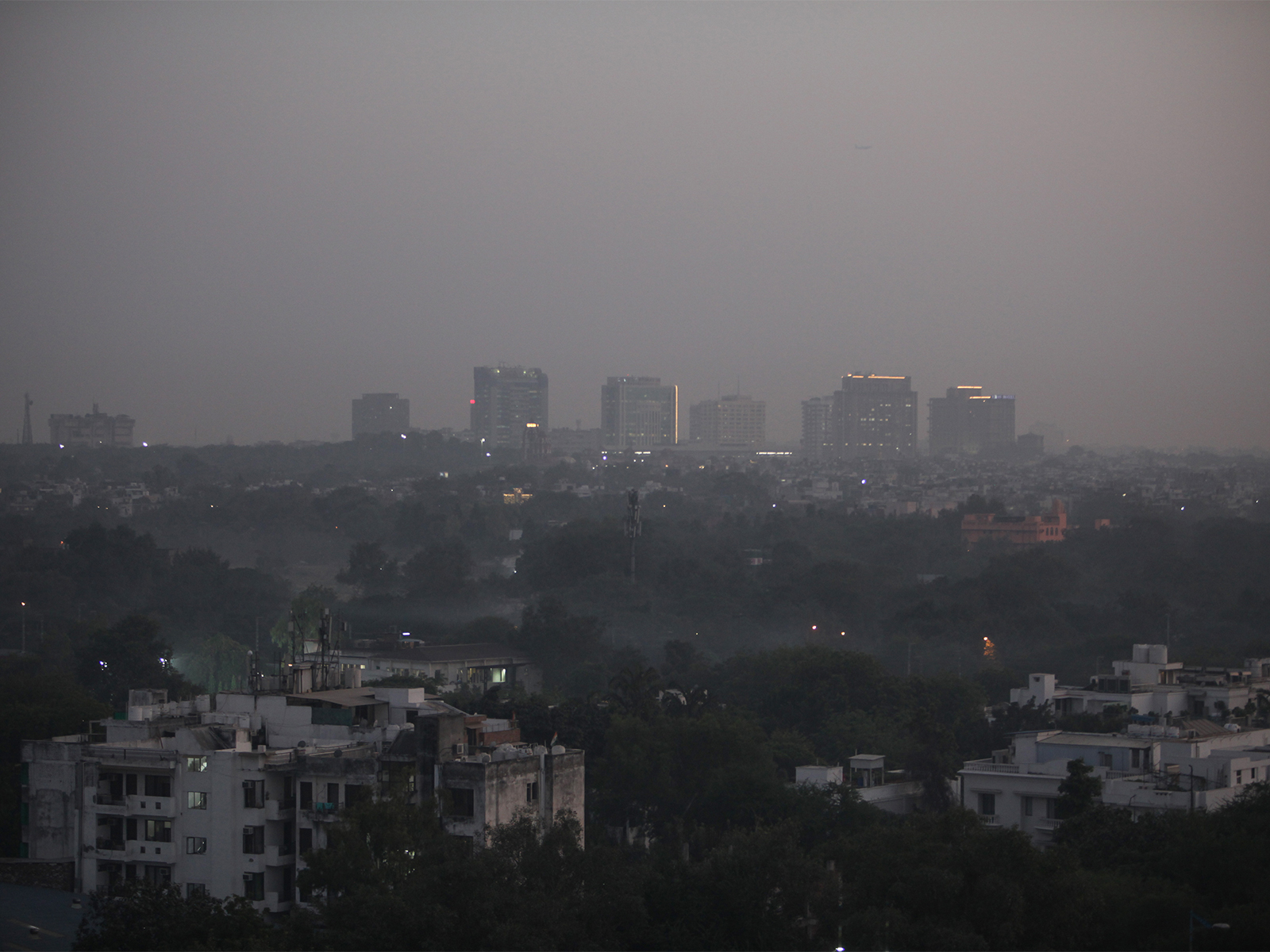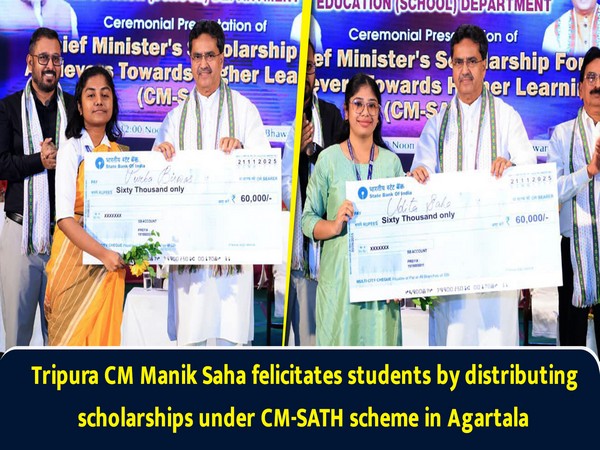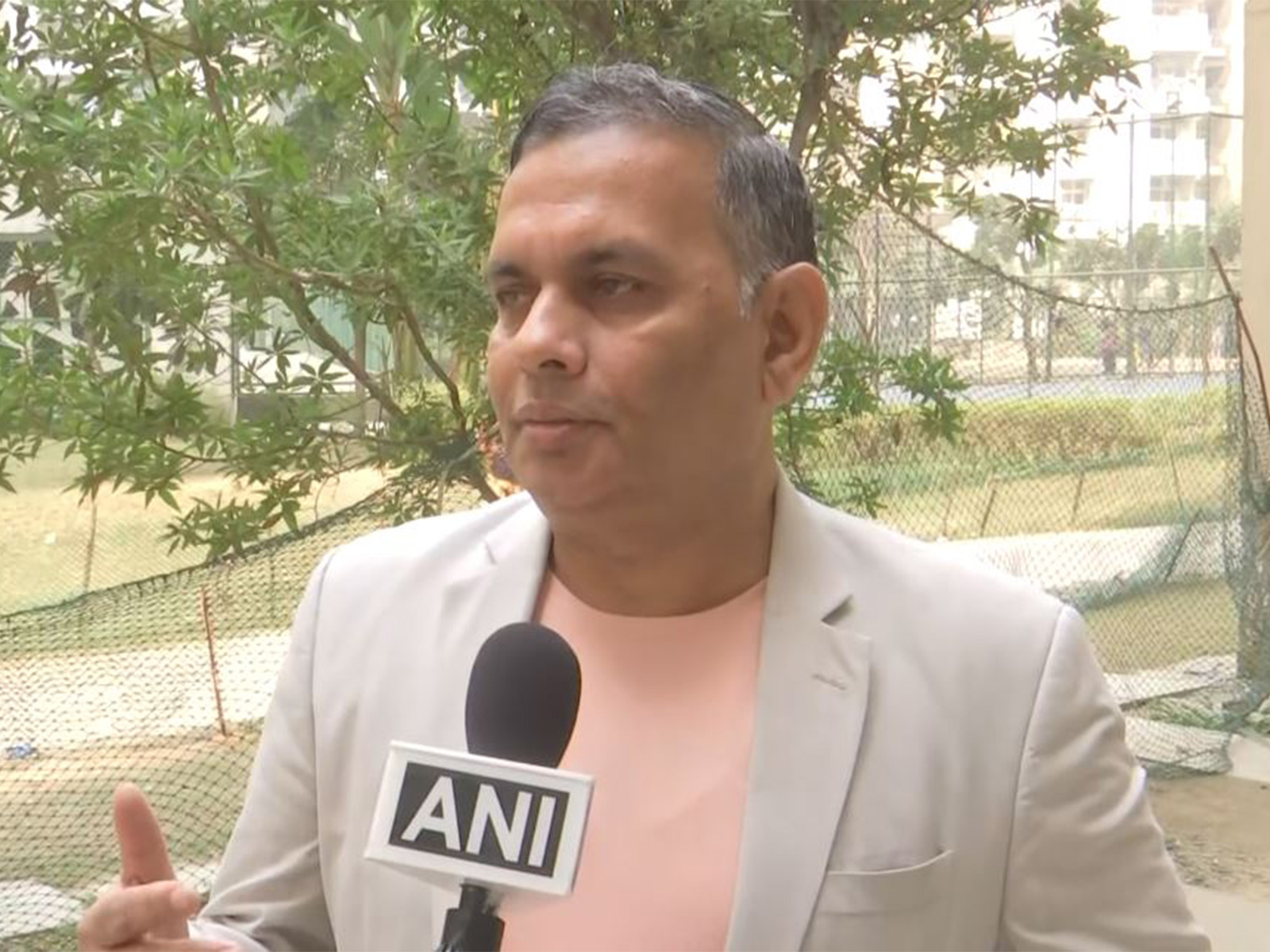
"Om, Sun and Kovidara tree": Indologist Lalit Mishra discovers Ayodhya's ancient flag
Nov 22, 2025
By Nickole Fernandes
Greater Noida (Uttar Pradesh) [India], November 22 : Indologist Lalit Mishra's groundbreaking discovery has brought Ayodhya's ancient flag back to its rightful place. Mishra stumbled upon the flag while studying a painting from the pictorial Ramayana of Mewar, later confirming its mention in Valmiki Ramayana's Ayodhya Kand.
On Saturday, he said the flag to be hoisted at the Shri Ram Janmabhoomi Temple in Ayodhya on November 25 will carry three symbols: Om, the Sun, and the Kovidara tree.
Kovidar tree is a hybrid of the Mandar and Parijat trees, created by Rishi Kashyap and showcasing ancient plant hybridisation. The Sun symbol represents Lord Ram's Suryavansh lineage, and Om is the eternal spiritual sound.
Mishra faced challenges identifying the Kovidar tree, initially confusing it with Kachnar because of their shared biological names. The flag's return marks a significant moment, reconnecting modern India with its rich heritage.
Mishra said the memory of Ayodhya's ancient flag and its sacred tree was lost after the Mahabharata war. Still, he is glad the forgotten symbol has now been rediscovered and restored.
Speaking to ANI, Lalit Mishra said, Bhagwan Ram belonged to the Suryavamsa, according to our mythological beliefs. So we put a sun symbol also on the same flag. The committee accepts both symbols. And what you see today, the flag, has got imprints of the Kovidar tree and the symbol of the sun. Also, around the sun symbol, they created a creative design and wrote 'Om'. So it is now three symbols, Om, Sun and the Kovidara. So this is how the flag has returned to Ayodhya, where it originated. In a long tradition of many thousands of years, we lost it. The thing is, we lost the knowledge of the flag after the Mahabharata war
"What happened in the Mahabharata war, Ayodhya's king Brihadbal participated. And from the Mahabharata, we know that he was killed. So after he was killed, Ayodhya was ruined and forsaken. And I think by that time, because it was ruined, the tradition had lost the memory of the flag and the tree also. So what happens is that a tracing point comes in the period of Kalidasa. So Kalidasa describes the beauty of the flower and the tree. But he does not remember the same tree that is featured on Ayodhya's flag. Because the tradition was broken, the memory of the plant and the flag did not survive. So that's why, in all the subsequent, some 299 Ramayanas, there is no mention of this tree or the flag. So now I am very happy that it has been discovered and it has found its place," Mishra said.
Mishra said he accidentally discovered Ayodhya's ancient flag in a painting of the pictorial Ramayana of Mewar and later confirmed its mention in the Valmiki Ramayana, tracing the tree symbol created by Rishi Kashyap to one of the earliest plant-hybrid experiments.
"This flag was discovered unintentionally... I saw Ayodhya's flag in one of the paintings of the pictorial Ramayana of Mewar... I found the reference to this flag in Valmiki Ramayana's Ayodhya Kand... The tree on the flag is a hybrid of the Mandar and Parijat trees, created by Rishi Kashyap, which could have been one of the earliest experiments in plant hybridisation... I had difficulty identifying the Kovidar and Kachnar trees, as both had the same botanical name... I am glad the flag is back to the place it originated from after such a long time," Mishra said.
With the help of BHU botanists, the scriptural identity of Kovidar was established. Prof Gyaneshwar Chaube and Prof Abhishek Dwivedi endorsed the idea that Kovidar and Kachnar were different trees, and the characteristics of Kovidar mentioned in the Ramayana and the Harivamsha Purana played a crucial role in identification.
"We propose that the government get a genetic study done, which may bring forth not only scientific orientation, but experimentation was also happening in ancient India. For now, Greek civilisation is credited with the evolution of the concept of sovereignty, but now, by virtue of Ayodhya's Flag, India may claim the pioneering seat," added the Indologist.
Lalit Mishra feels a mix of humility and pride, having been instrumental in bringing back Ayodhya's ancient flag after thousands of years.
Prime Minister Narendra Modi and Rashtriya Swayamsevak Sangh (RSS) Sarsanghchalak Mohan Bhagwat will attend the flag hoisting ceremony at the Ram Janmabhoomi Temple in Ayodhya on November 25.
The flag hoisting ceremony at the sanctum sanctorum of the Shri Ram Janmabhoomi Temple will mark the completion of its main construction.
The construction includes the main temple premises and six other temples dedicated to Lord Shiva, Lord Ganesha, Lord Hanuman, Suryadev, Goddess Bhagwati, Goddess Annapurna, and the Sheshavatar temple.
Currently, devotees are only allowed access to the sanctum sanctorum and the first floor, but after the installation of the spire and the flag hoisting.
